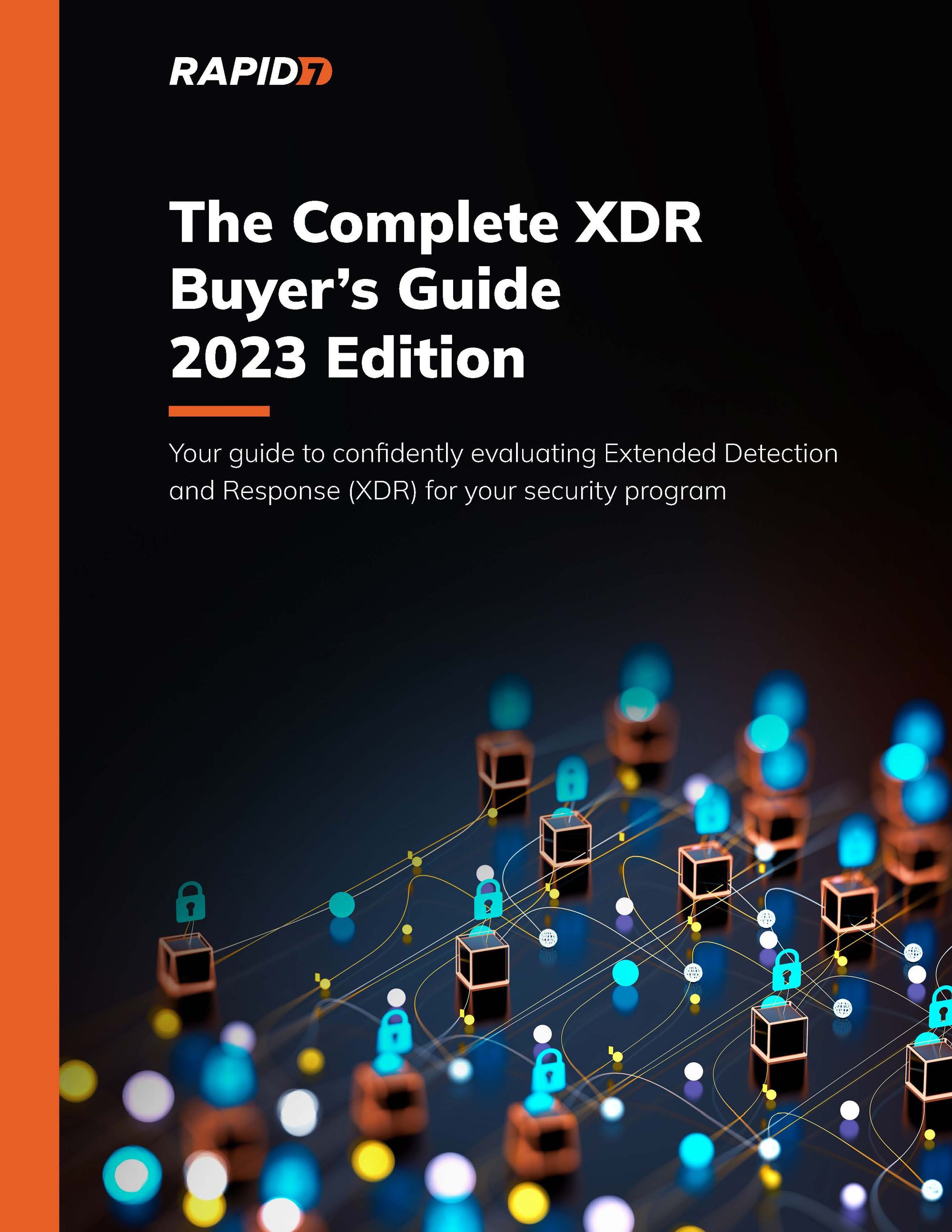Last updated at Mon, 15 Apr 2024 14:41:21 GMT
Sometimes tools are blunt because there’s nothing else. Regarding economic controls for example, Fed Chair Jerome Powell said: “We have essentially interest rates, the balance sheet and forward guidance. They are famously blunt tools, they are not capable of surgical precision."
Others are blunt because they’re new and these things take time. For example: stereos in the 1960s shook the floors with unrestrained subwoofers. Yes, it was the Beatles and Ringo Star on the drums, but still. It took years to refine this new technology to enhance the music instead of assaulting our senses.
Taking off shoes at the airport? Blunt.
Years later, Real ID and TSA Pre-Check®? Better.
Coming soon: Facial recognition and biometric screening, better still—after privacy concerns are addressed.
Cybersecurity has used blunt tools, followed by far too many “better ones.” The average security team is now managing 76 tools, and spending more than half their time manually producing reports. The way out is a sharp tool to replace all these better ones—a resource that will actually get the job done. Start with our newly released 2023 XDR Buyer’s Guide.
XDR consolidation and precision has arrived, just know what to look for
Security programs succeed when they have a library of curated, high-fidelity detections backed by threat intelligence that they can trust out-of-the-box. Anything else is low performance guesswork.
Huge numbers of alerts that teams must review and triage can lead to missing high profile threats. Extended Detection and Response (XDR) solutions deliver tailored security alerts that are quantified and scored to improve signal-to-noise ratio and help catch threats early in the attack chain. XDR also eliminates context switching and ensures you have high context, correlated investigation details, blending relevant data from across different event sources into one, coherent picture.
XDR delivered: MDR
With Rapid7, XDR security can also be delivered to you as an end-to-end, turnkey service. Managed detection and response (MDR) can be a game changer, with always-on threat detection, incident validation, and response (such as threat containment). Some providers offer features like threat intelligence, human-led threat hunting, behavior analytics, automation, and more to your capabilities.
A good MDR provider will be 100% end-to-end responsible, however, it should also be an extension of your in-house team. Look for a provider that will freely share the XDR technology with your in-house operation, and work transparently. Your team should be able to observe your environment exactly as the MDR team does, do their own threat hunting, and more—whatever level of collaboration you’d like to see.
2023 is the year of consolidation and XDR. But no change, however awesome or overdue, is easy. We hope this XDR Buyer’s Guide helps.


